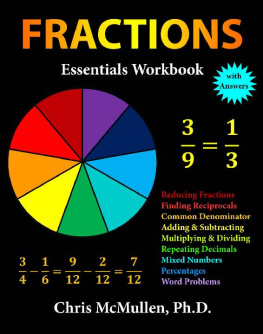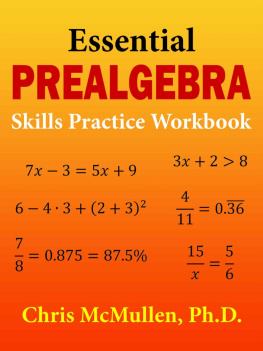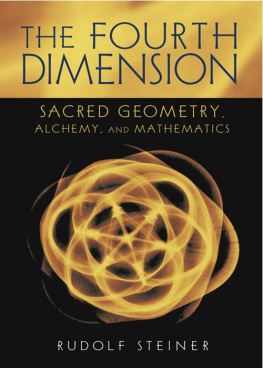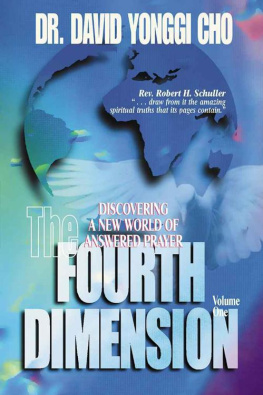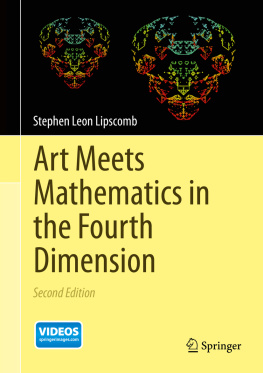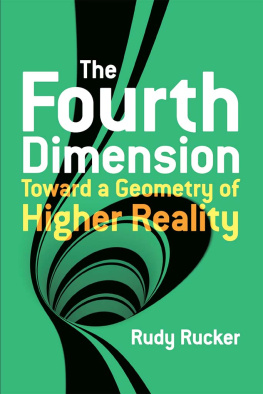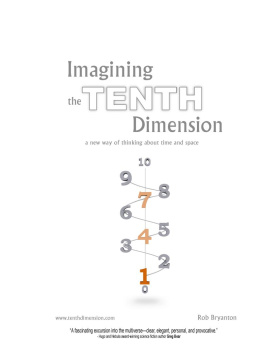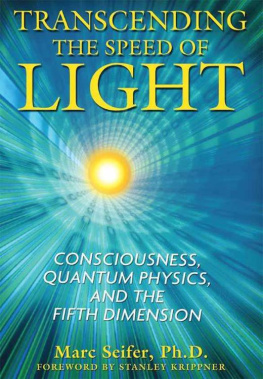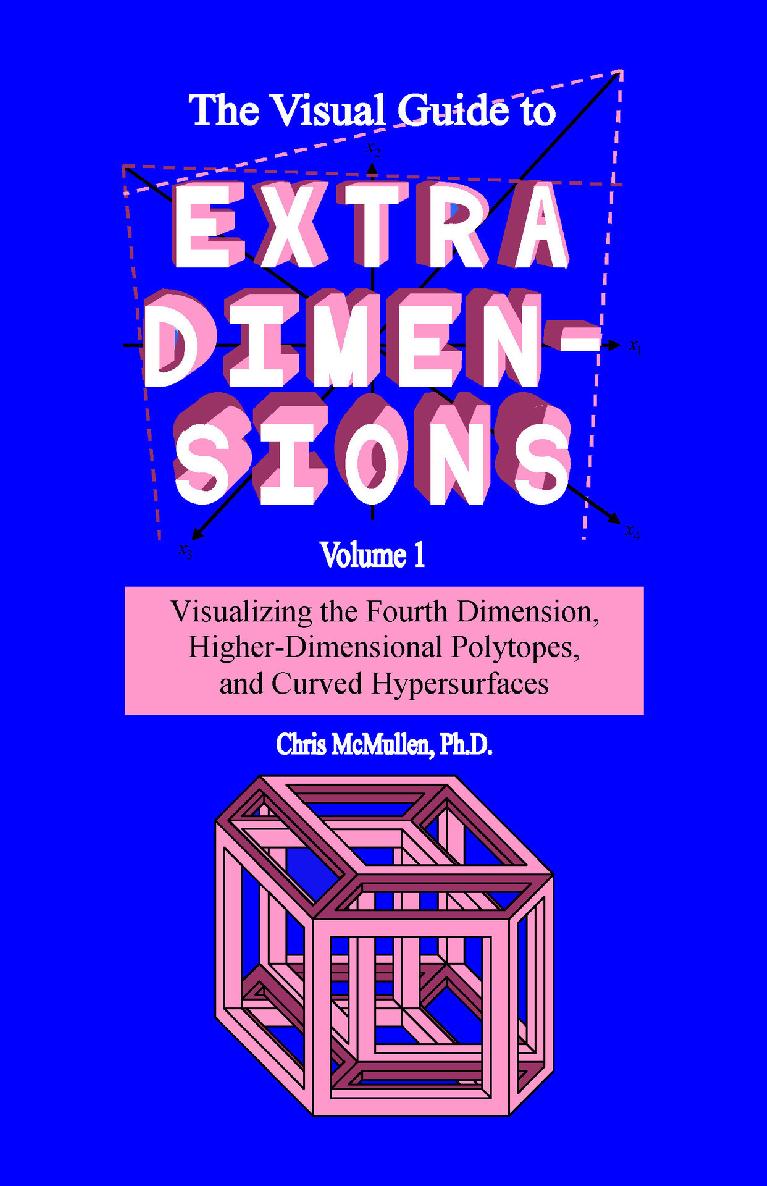Chris McMullen - The Visual Guide to Extra Dimensions Volume 1: Visualizing the Fourth Dimension, Higher-Dimensional Polytopes, and Curved Hypersurfaces
Here you can read online Chris McMullen - The Visual Guide to Extra Dimensions Volume 1: Visualizing the Fourth Dimension, Higher-Dimensional Polytopes, and Curved Hypersurfaces full text of the book (entire story) in english for free. Download pdf and epub, get meaning, cover and reviews about this ebook. year: 2008, publisher: CreateSpace Independent Publishing Platform, genre: Children. Description of the work, (preface) as well as reviews are available. Best literature library LitArk.com created for fans of good reading and offers a wide selection of genres:
Romance novel
Science fiction
Adventure
Detective
Science
History
Home and family
Prose
Art
Politics
Computer
Non-fiction
Religion
Business
Children
Humor
Choose a favorite category and find really read worthwhile books. Enjoy immersion in the world of imagination, feel the emotions of the characters or learn something new for yourself, make an fascinating discovery.

- Book:The Visual Guide to Extra Dimensions Volume 1: Visualizing the Fourth Dimension, Higher-Dimensional Polytopes, and Curved Hypersurfaces
- Author:
- Publisher:CreateSpace Independent Publishing Platform
- Genre:
- Year:2008
- Rating:5 / 5
- Favourites:Add to favourites
- Your mark:
The Visual Guide to Extra Dimensions Volume 1: Visualizing the Fourth Dimension, Higher-Dimensional Polytopes, and Curved Hypersurfaces: summary, description and annotation
We offer to read an annotation, description, summary or preface (depends on what the author of the book "The Visual Guide to Extra Dimensions Volume 1: Visualizing the Fourth Dimension, Higher-Dimensional Polytopes, and Curved Hypersurfaces" wrote himself). If you haven't found the necessary information about the book — write in the comments, we will try to find it.
DESCRIPTION: This book takes you on a visual tour of a fourth dimension of space. It is much more visual and conceptual than algebraic, yet it is detailed and technical, with the intention of satisfying the needs of mathematically-minded readers familiar with the fundamentals of algebra, geometry, and graphing. Here is a sample of what you will find:
- A fascinating tour of the second and lower dimensions, which will help to understand the fourth dimension by analogy.
- A chapter dedicated toward imagining what it might be like to live in a hypothetical 4D hyperuniverse. This includes details like 4D wheels with axles, a 4D staircase, and a 4D room.
- Pictures of flat 4D objects called polytopes, like the tesseract, pentachoron, and icositetrachoron. A unique graph of a hecatonicosachoron has 12 of its 120 bounding dodecahedra highlighted to help visualize its complicated structure.
- In-depth discussion of the hypercube, including numerical patterns, rotations, cross sections, and perspective. Watch a tesseract unfold.
- Visual intersections of 15 pairs of perpendicular planes and 6 pairs of orthogonal hyperplanes in 4D space.
- Unique graphs of curved hypersurfaces in 4D space, like the glome, spherinder, cubinder, and hyperparaboloid.
PUZZLES: Several puzzles are included to challenge the reader to contemplate the fourth dimension. Answers are included at the back of the book.
AUDIENCE: This book is highly visual and very conceptual such that anyone with an appreciation for geometry may understand it, while at the same time including ample detail to also satisfy readers with a strong background in mathematics.
Chris McMullen: author's other books
Who wrote The Visual Guide to Extra Dimensions Volume 1: Visualizing the Fourth Dimension, Higher-Dimensional Polytopes, and Curved Hypersurfaces? Find out the surname, the name of the author of the book and a list of all author's works by series.

